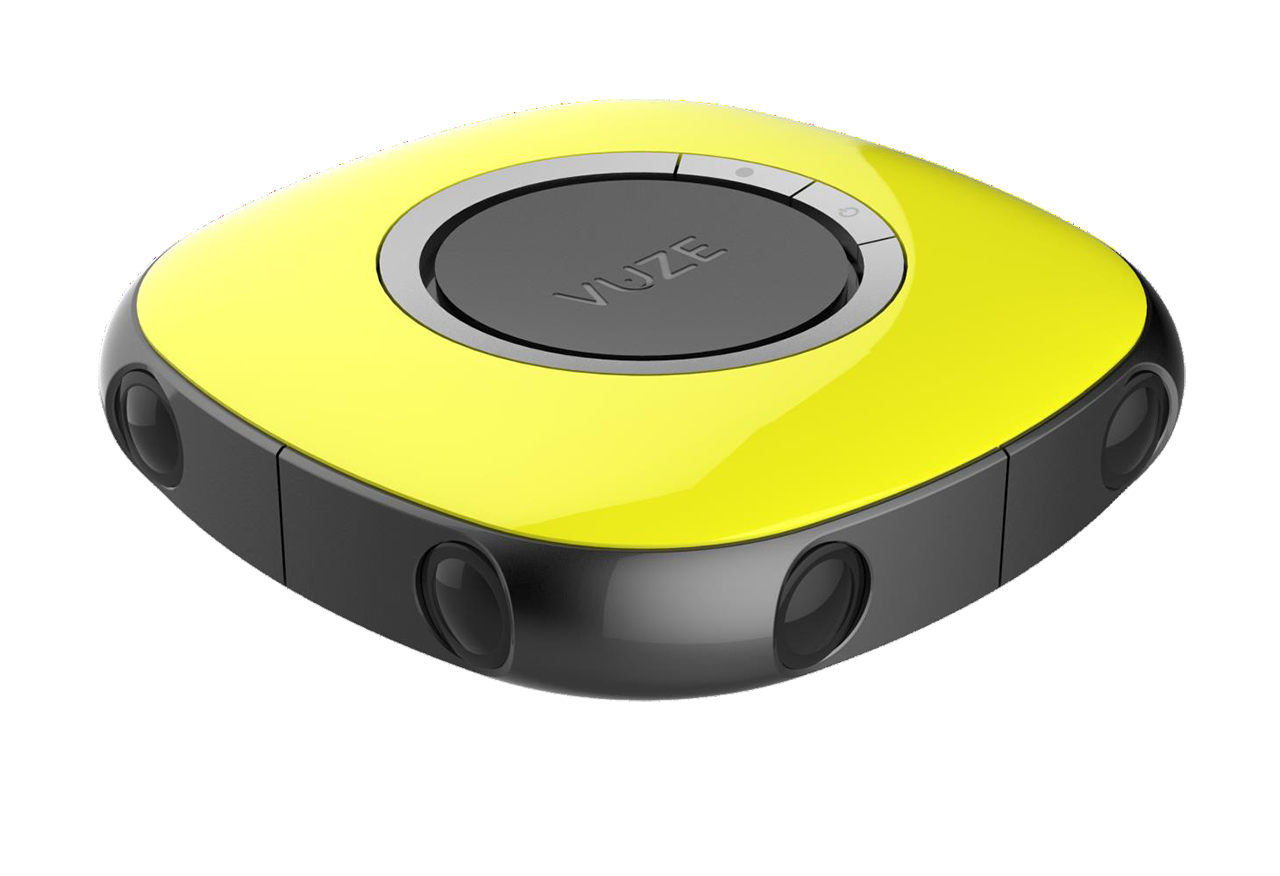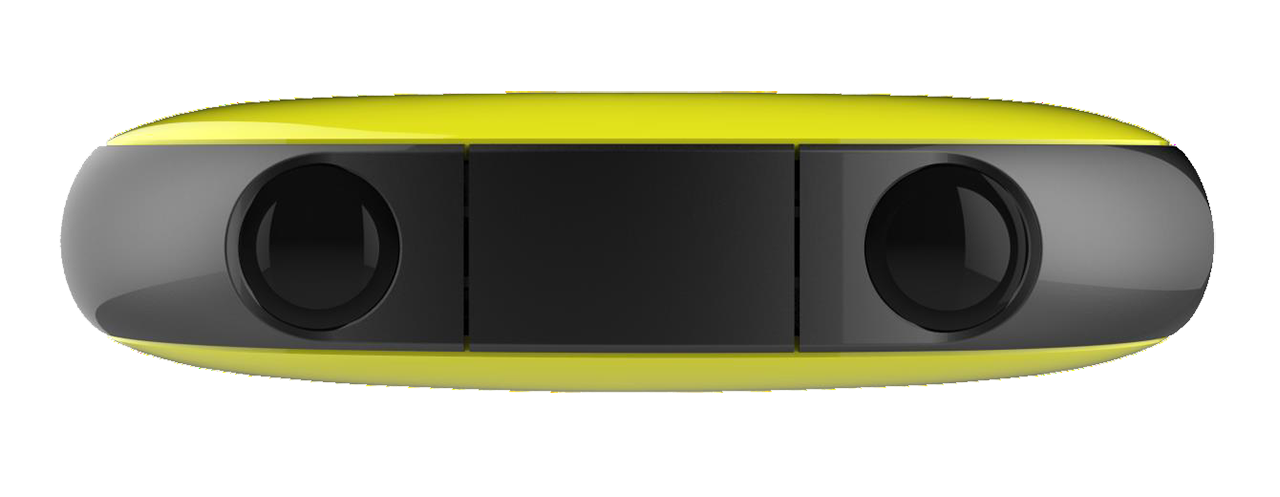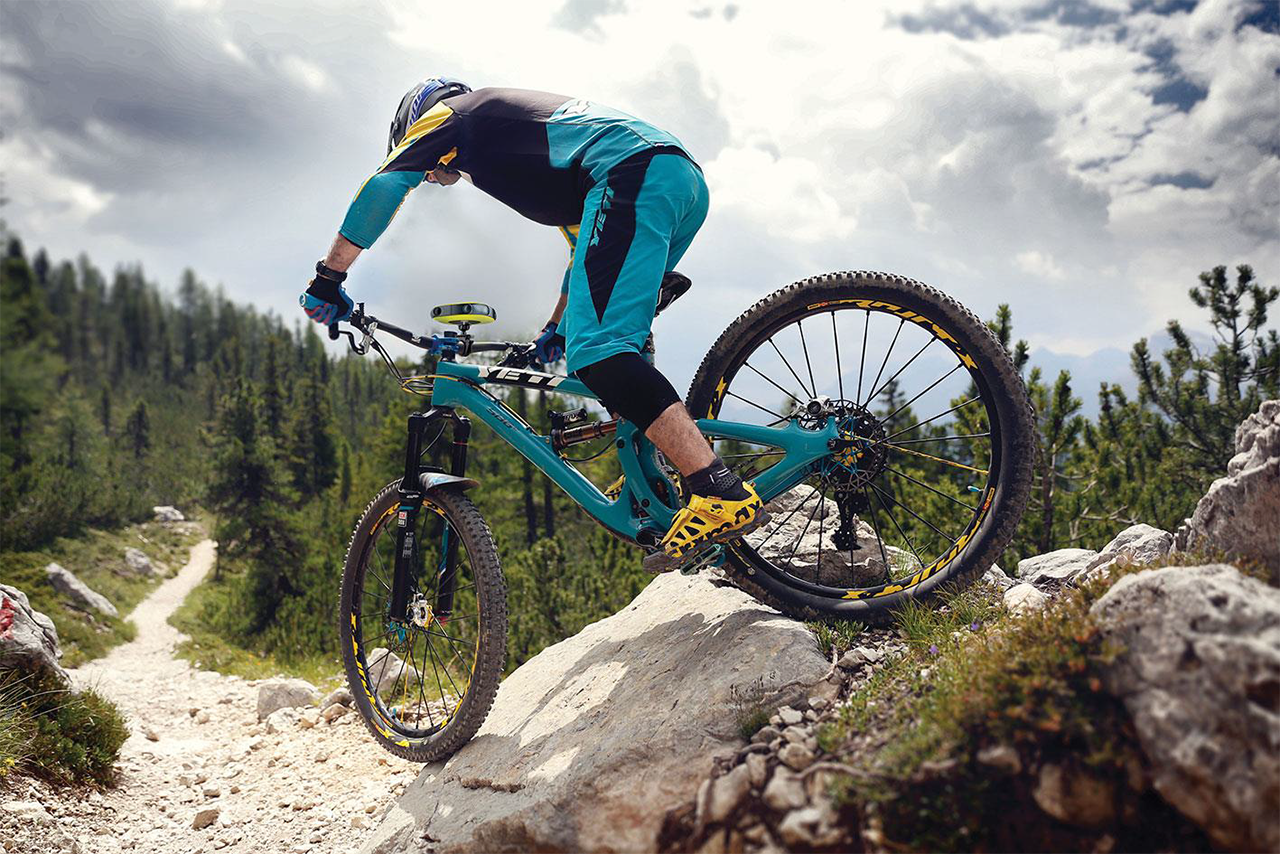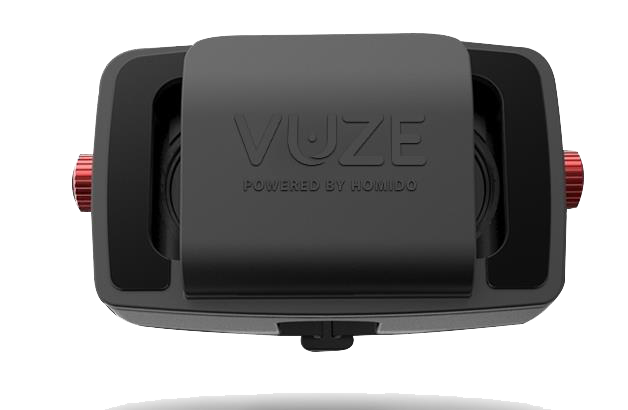HumanEyes' Consumer-Grade 'Vuze' 360-Degree VR Camera Package, Under $1,000
HumanEyes Technologies has announced that it will be releasing a 360-degree VR camera later this year targeted at the consumer market. The VUZE camera will be available for less than $1,000 and includes software and accessories.
I recently had a chance to chat with HumanEyes’s CEO, Shahar Bin-Nun, about the VUZE camera, the software solution his company is creating to go with it, and why the company decided to branch out from its software roots and into hardware design.
360-Video Under $1,000
HumanEyes Technologies is a well-established company in the field of 3D computer vision. The company’s business has primarily been focused on software solutions for photographic 3D, animated content and lenticular graphic arts and has amassed a collection of over 70 patents in these disciplines over its 15-year history. The company has now shifted gears to focus its efforts towards the VR market and has designed a 360-degree VR camera solution designed to be affordable for consumers and easy to use.
Bin-Nun told me that when HumanEyes first started looking at the VR market, it realized it could use many of the company’s existing technologies to create a “really good software solution” for VR cameras. Two years ago, while working on the VUZE Studio software package, the company realized that it would have to create its own camera to work with the software if this was going to be a consumer product, and thus development on the VUZE camera began.
Affordable 360-degree video cameras aren’t a new concept. There are a number of available products that record 360-degree video that are attainable for consumers. 3D cameras are also available for relatively affordable prices, and there’s even a smartphone coming with an integrated VR camera. Bin-Nun said the VUZE camera is different from those, as its “core competency” is in 3D 360-degree recording.
Cameras that record stereoscopic 3D in all directions are also not a new concept, but cameras with those capabilities are generally not attainable by average consumers. Jaunt has 360-degree VR cameras, but its setup is designed for professionals with sizeable budgets. Nokia will be selling the OZO camera in the near future, but one of those will set you back $60,000. Even Google’s JUMP project, which uses an array of off-the-shelf GoPro cameras, costs thousands of dollars, and you have to send the video files to Google for stitching. HumanEyes is targeting the sub-thousand-dollar market for its VUZE camera and is offering a full software solution to go with it.
The VUZE camera features eight full-HD cameras, two on each side, that simultaneously capture images and video while recording audio tracks for each one. The eight cameras feature lenses that capture 120-degrees horizontal and 180-degrees vertical, which produce 4K 3D video files when you stitch it all together.
Get Tom's Hardware's best news and in-depth reviews, straight to your inbox.
HumanEyes said the VUZE camera will come in several vibrant colors and has been engineered be light and portable. The company also designed a special selfie stick pole that attaches to the bottom of the camera to make it easy to carry around. The selfie stick also doubles as a tripod, so you don’t always have to be carrying it.
I asked if there were any other attachments designed for the VUZE, and Bin-Nun told me it features the standard threading for camera tripods. He expects that almost any accessory with that attachment should work. When queried about the camera’s ability to handle sports use, he admitted the eight lenses make it less rugged than a compact GoPro, but it has been designed to be durable. He noted that an accessory such as a case to make it stronger is a possibility.
The Software
Bin-Nun told me the VUZE camera is controlled by a mobile phone application. The app lets you preview and delete your recordings, and it will even let you see the view from each camera independently. The app also allows you to switch between 3D 360-degree and 2D 360-degree recording.
HumanEyes said the VUZE camera includes an internal processor that handles all the processing and compression, and it spits out an H.264 HD video file, which is saved to a removable SD Card. The files can then be edited on a PC or Mac using the company’s VUZE Studio video editing software.
Bin-Nun said the VUZE Studio software is where HumanEyes put its 15 years of experience designing intelligent software. The company developed a technique that it calls Adaptive Blending to help seamlessly stitch together all the camera views with as little distortion as possible.
HumanEyes said that traditional stitching methods “merge images together at regular linear points,” which often distort the image where they intersect. Adaptive Blending, on the other hand, intelligently identifies objects that are prone to draw your eye’s attention, such as straight edges created by walls or doorways, light contrasts from shadows, and complex objects like a person’s face. Rather than a straight stitch from top to bottom, Adaptive Blending works around these objects to ensure they remain undistorted when viewing the final video.
I expected this process to have an impact on rendering times, but Bin-Nun said that VUZE Studio is able to process the video nearly in real time. He said one minute of footage should take one minute to process on the average computer.
HumanEyes said the VUZE Studio software includes a variety of other tools to edit your videos, including white balance and exposure correction, 3D 360-degree video stabilization, perspective correction, and the ability to insert 3D objects and text into your production.
Bundling With An HMD
HumanEyes Technologies said that it takes an agnostic approach to the content produced by the VUZE camera. What this means is it can be viewed from anything that can display 3D content. The company said VUZE content will play in any VR headset or 3D device, including on 3D TVs.
Though the content can be viewed on any VR viewer, HumanEyes Technologies said it will be bundling a VR HMD with the VUZE camera. The company partnered with Homido to provide VUZE-branded Homido headsets in the package.
The VUZE camera is scheduled to be available in August 2016. HumanEyes said the package will include the VUZE camera, custom selfie stick, VR HMD and access to VUZE Studio software, all for a price of -- well, the price is vague. In our initial conversation with HumanEyes, we were told that the price would be $899. The press release issued subsequently said that it will be "under $1,000," and a PR rep told us that the total package would cost $800.
Follow Kevin Carbotte @pumcypuhoy. Follow us on Facebook, Google+, RSS, Twitter and YouTube.
Kevin Carbotte is a contributing writer for Tom's Hardware who primarily covers VR and AR hardware. He has been writing for us for more than four years.
-
antonbar Up looking camera would break the 360 3D. The existing 8 cameras have 180 vertical coverage, so you have 3D everywhere.Reply -
alidan correct me if im wrong, but there were lense attachments for dslrs a while back that was a sphere that took a 360 photo and did a fairly good job, what ever happened to that? i have to imagine at least on a photo basis it would come out better quality than this.Reply -
antonbar When using VR glasses, simple 360 does't provide a natural experience. You gotta get stereo (3D) 360 to have it really immersive. This is what this camera does.Reply -
bit_user ReplyUp looking camera would break the 360 3D. The existing 8 cameras have 180 vertical coverage, so you have 3D everywhere.
Just by looking at the picture of the device, it obviously doesn't have a 180 degree vertical FoV. I think they probably meant 90 degrees. That would be consistent with using 4 pairs of cameras to get 360 degree coverage, as well.
By 180 degrees, perhaps they were double-counting the 90 degrees to each side. So, looking at a horizontal cross-section, it would be able to see a total of 180 degrees out of 360 (with 90 degree blind spots above and below). -
kcarbotte Reply17265601 said:So no camera's looking up? sad face
no camera on the top or bottom. . Its not spherical video, more like panaramic shots.






